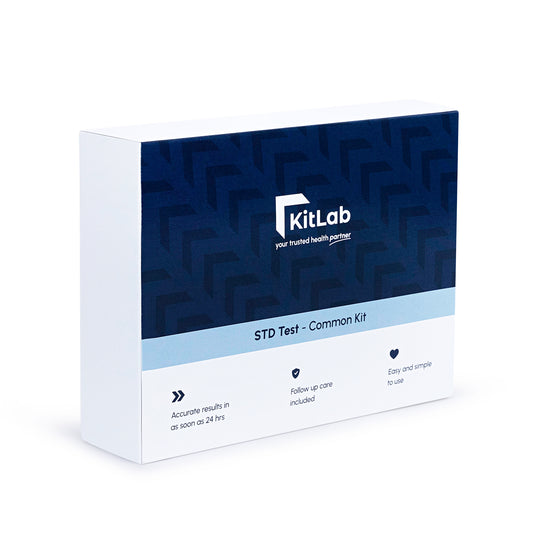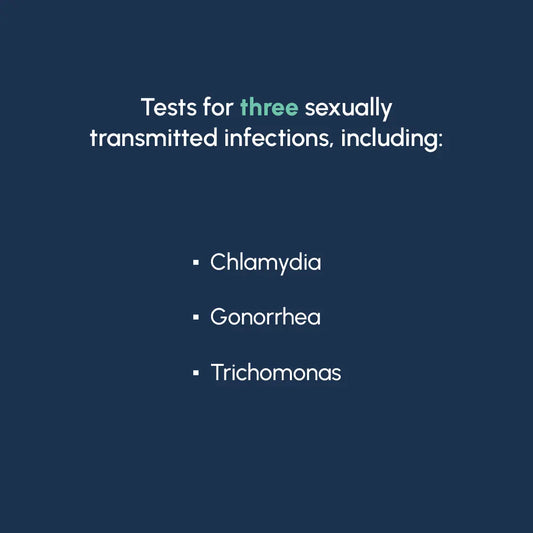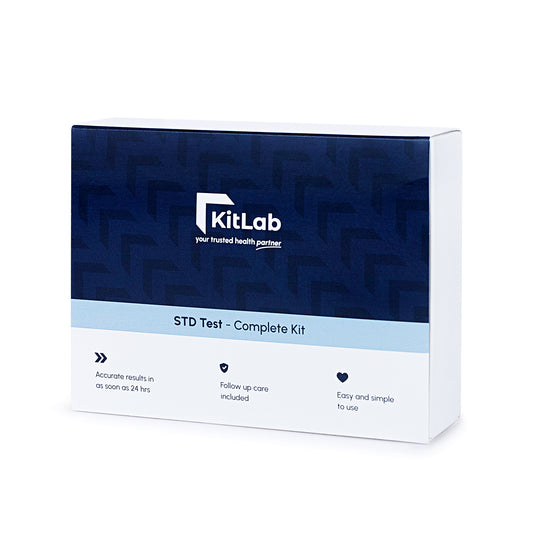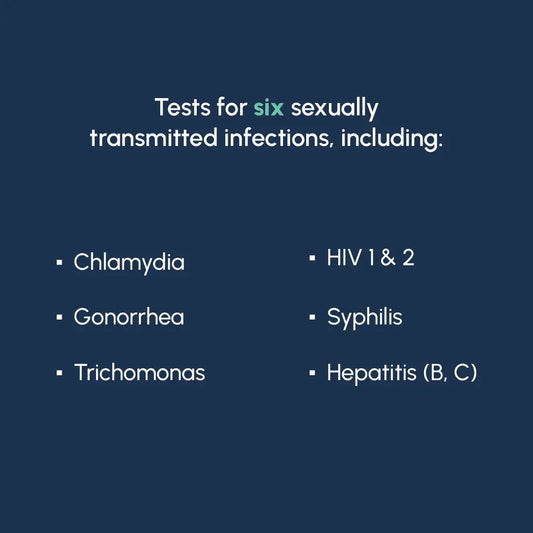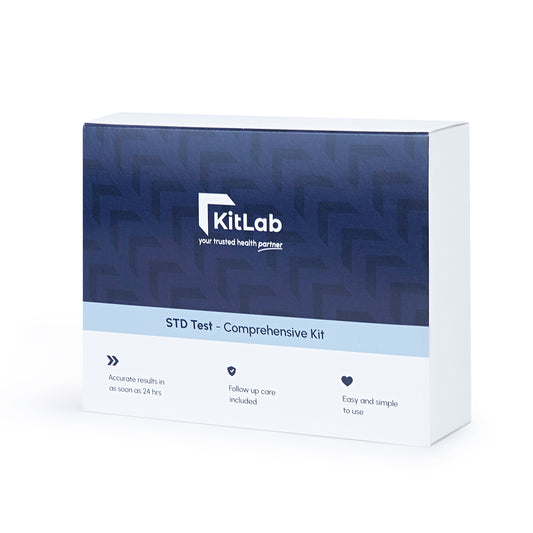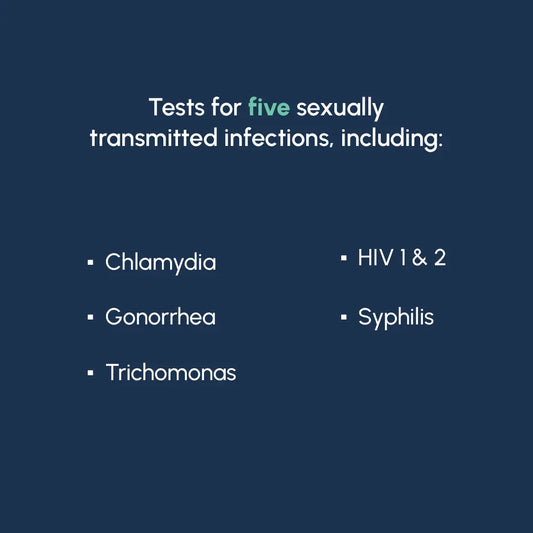Rising Flu Cases: What Pharmacies and Consumers Should Know This Season

* Derived from an article located on CNN
A new flu variant and falling vaccination rates may put the United States on track for another severe flu season. The country is already seeing early signs of activity similar to last year, which had the highest hospitalization rates in nearly 15 years and at least 280 pediatric deaths. The concern now centers on a mutated H3N2 strain known as subclade K, which has driven early surges in the United Kingdom, Canada, and Japan.
Flu activity in the US is still low but rising quickly, according to the CDC. Most cases involve H3N2, with about half linked to subclade K. This variant was not a major factor when this year’s vaccine strains were selected, so the shot targets a related group of viruses. Experts expect some drop in protection but not a complete mismatch. Early UK analysis shows that subclade K has several gene changes that alter a key part of the virus, making it harder for the immune system to recognize, yet vaccines still offer meaningful protection.
In early UK data, the current flu shot reduced the chance of emergency visits or hospitalization by nearly 75 percent for children and about 30 to 40 percent for adults, including older adults. These findings are still early, and protection tends to decline as the season progresses, but some immunity is far better than none. Subclade K is expected to dominate, though other strains will circulate as well.
The challenge is that US vaccination rates are down. Retail pharmacies have given about 26.5 million flu shots since August, roughly 2.3 million fewer than last year. Experts say mixed messages and skepticism have contributed to lower uptake. Australia, where subclade K was dominant during its season, also saw lower vaccinations and experienced a record number of more than 443,000 cases. Flu activity in the Southern Hemisphere is often a preview of what North America may face.

It is not clear whether subclade K causes more severe illness, but if it drives more infections, it will raise hospitalization numbers. Lab data shows a steady increase in positive flu tests, climbing from under 1 percent at the start of the month to 2.4 percent. Wastewater monitoring shows a similar trend. In October, 18 percent of wastewater samples tested positive for flu. By November, that number had risen to 40 percent.
Only a few US locations have reached the threshold that signals the start of flu season, but experts expect more communities to follow as holiday travel ramps up. Rising cases in the UK and Japan are also seen as early warnings for North America.
Lab data shows a steady rise in positive flu tests, climbing from under 1 percent at the start of the month to 2.4 percent. Wastewater monitoring shows a similar trend. In October, 18 percent of wastewater samples tested positive for flu, rising to 40 percent in November. With activity increasing this quickly, experts note that at-home flu testing can help people identify symptoms early, reduce unnecessary exposure in clinics, and guide timely decisions about seeking care or starting treatment.
Experts advise getting vaccinated now. Even with a new variant in circulation, the current shot offers meaningful protection and reduces the chances of severe illness and hospitalization.

